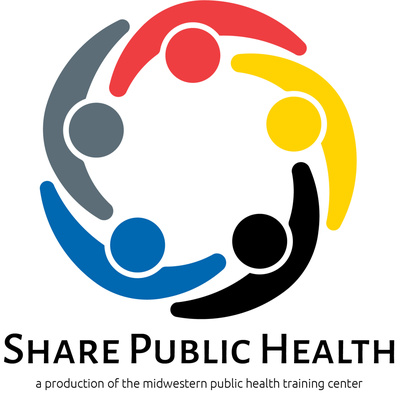 Don't Panic: Principles of Crisis and Risk Communication Scenario
Don't Panic: Principles of Crisis and Risk Communication Scenario
This interative scenario, developed by UMPERLC, provides training in the principles of crisis and risk communication during a response for public health emergency. This scenario is intended for health practitioners who need to increase their ability to effectively communicate with the public, media, health care providers and response community during a public health emergency. Estimated time to complete is one hour.
National Incident Management System (IS-701.a)
This FEMA course introduces Multiagency Coordination (MAC) Systems as described in the National Incident Management System (NIMS), and shows how these systems can be used to improve incident response. After taking this course, you should be able to improve the overall coordination with, and support for, incident management by developing and operating within Multiagency Coordination Systems. Estimated time for completion is two hours.
S-29: Public Information Officer Awareness
The goal of this awareness course is to provide an orientation to the public information function and the role of the Public Information Officer (PIO) in the public safety/emergency management environment. Topics addressed include: understanding the PIO role, using tools and resources, communicating effectively, preparing the community, and communicating in an incident.
This course, developed by the Harvard School of Public Health H-PERLC, addresses the principles of public communication. The goal of the course is to improve one’s ability on how to communicate risk, recognize people’s reactions to risk information, understand the role of social contextual factors in generating and receiving risk information, and recognizing challenges associated with communicating risk in the 21st century. Estimated time for competion is two hours.
The Crisis and Emergency Risk Communication training program from the CDC introduces the fundamentals of CDC's Crisis & Emergency Risk Communication (CERC). The course has been designed to serve those who will perform crisis and risk communication and media relations in the event of a public health emergency. The target audiences include federal, state, and local public health professionals; healthcare professionals; emergency medical services professionals; preparedness partners; and civic and community leaders. Estimated time for completion is three hours.
Being able to communicate effectively is a necessary and vital part of the job for every emergency manager, planner, and responder. This FEMA course is designed to improve your communication skills. It addresses: Basic communication skills, How to communicate in an emergency, How to identify community-specific communication issues, Using technology as a communication tool, Effective oral communication, and How to prepare an oral presentation.




